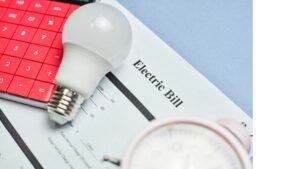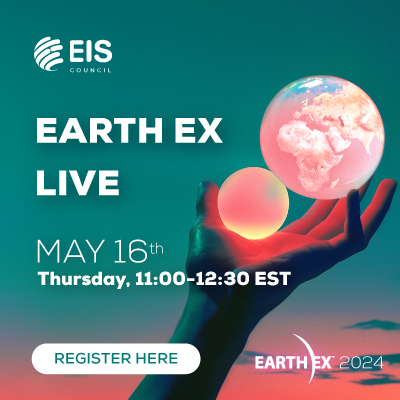A Major Change to Electric Utility Billing in California
By Ranger Dorn, EIS Council
June 8, 2023
There is a soon-to-be-implemented rule that has many electric company customers upset. It will include a flat rate based on personal income plus billing for usage. Californians currently pay almost double what the rest of the country pays for electricity. The flat base rate for all, depending on personal income, would range from a proposed $5 on the low end up to $128 per month at the high end before adding a charge for usage. A house could use zero electricity monthly and still have a substantial bill. Many residents will pay more than they currently do, especially those who paid the high cost of installing solar systems. The savings from using solar systems would be largely erased. This is the second major upheaval in the home power pricing process in a year. The amount the power companies have to pay for any excess solar produced by rooftop solar systems was reduced greatly for new systems as of April 15 this year.
The stated goals of the new billing are to speed up the conversion of homes to all-electric, help those with lower income buy electric vehicles and heat pumps, and finance the hardening of the grid in wildfire areas for private power companies.
The provision to convert to income-based electric billing went unnoticed when it was included in a bill, AB 205, to extend California’s last operating nuclear power plant, Diablo Canyon, with no Legislator’s name attached to it. The first that many in public heard of it was when the media picked up the story after the three largest investor-owned utilities partnered to present a proposed rate structure. Other groups have presented proposals as well for consideration before the program is implemented.
 The stated goals of the new billing are to speed up the conversion of homes to all-electric, help those with lower income buy electric vehicles and heat pumps, and finance the hardening of the grid in wildfire areas for private power companies. The question of how this new structure would apply to rental units and businesses is a little murky. The implications for the rest of the country remain to be seen.
The stated goals of the new billing are to speed up the conversion of homes to all-electric, help those with lower income buy electric vehicles and heat pumps, and finance the hardening of the grid in wildfire areas for private power companies. The question of how this new structure would apply to rental units and businesses is a little murky. The implications for the rest of the country remain to be seen.

An article explaining the billing and the implementation: California’s electricity bills could soon be based on how much you make — and some people are furious (msn.com)
Language to the CPUC of the proposal from the three large power companies in California.
Microsoft Word – R2207005 Joint Large IOU Testimony (4.7.23).docx (ca.gov)
The background behind the new billing process from Next10.
https://www.next10.org/sites/default/files/2022-09/Next10-paying-for-electricity-final-comp.pdf
At EIS Council, we are dedicated to making this vision a reality. Collaborating with global partners, our mission revolves around developing innovative tools that ensure critical infrastructure security and the smooth functioning of society. Join us in this endeavor by becoming a member today! Together, we can construct a better and safer future for all.
Create Impact with us:
Join our membership and
contribution programs
Participate in our
upcoming events:
Schedule a call with
our experts:
Advancing Earthquake Resilience: Strategic Urban Planning and Global Partnerships
In an era where urban landscapes continue to sprawl and the frequency of natural disasters seems to be on the rise, the importance of building resilient cities has never been more pronounced. Earthquakes, in particular, pose a significant risk to densely populated areas, with the power to cause extensive damage and incur millions in damage […]
Cyber Resilience in the Energy Sector: Safeguarding the Grid from Digital Disruptions
In today’s interconnected world, the energy sector stands as a vital backbone of national and global infrastructures, facilitating everything from lighting our homes to powering industries. However, this sector is increasingly finding itself in the crosshairs of cybercriminals, making cyber resilience not just a matter of technological integrity but of national security. The concept of […]
The Role of Local Governments in Strengthening Infrastructure Resilience
The significance of local governments in strengthening infrastructure resilience cannot be understated. Often perceived as entities primarily focused on addressing routine community concerns and improvements, their responsibilities extend far beyond these day-to-day operations. In the realm of preparing for and mitigating the effects of large-scale, catastrophic events—referred to as “black sky” disasters—local governments emerge as […]


